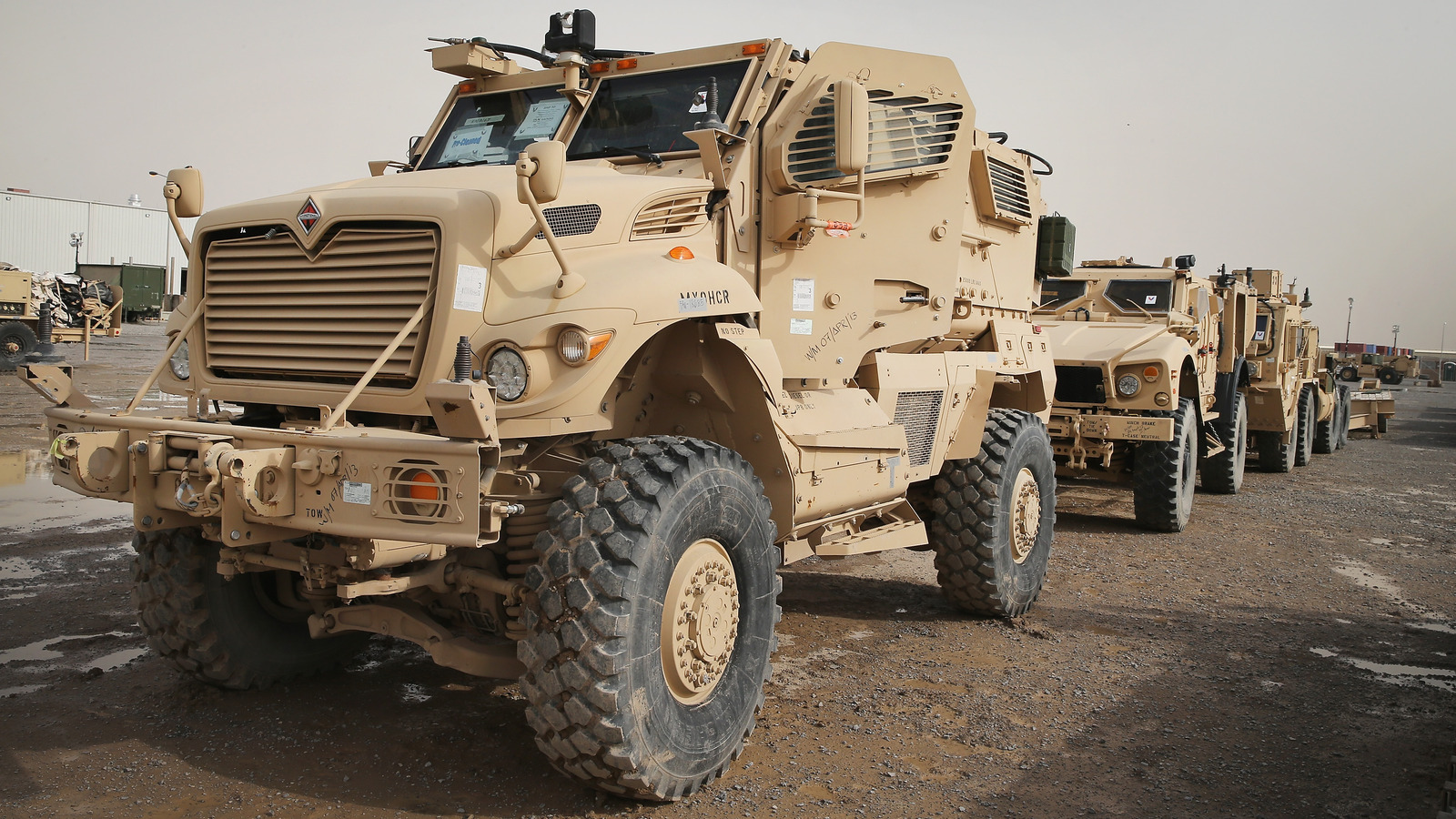
While combat vehicles are decisive and essential to many ground operations, troops are irreplaceable. Because of this, the MRAP’s design favored crew survivability over vehicle sustainment, and it worked well. The v-shaped hull and high center of gravity make most explosives incapable of penetrating the armor. The hull’s design deflects explosive energy away from the cabin, while the thick armor stops most direct-fire attacks, ensuring crew survivability much of the time.
A 2011 Congressional Research Service study found that MRAPs had a casualty rate of 6%, while HMMWVs had a significantly higher rate of 22%, making the MRAP more survivable. Additionally, the MRAP’s ambush protections saw fatalities from roadside attacks at 15%. In comparison, HMMWV occupants died at a rate of 80%, making the MRAP’s protective features a clear-cut success. Of course, personnel protection isn’t the only function an MRAP provides. It’s highly versatile and capable of performing many operations.
MRAPs have gun mounts for various weapons, including a .50 caliber machine gun and the M240B machine gun. They also serve numerous functions in addition to troop transport, including operating as ambulances, supporting combat engineer activities, mine detection and removal, and explosive ordinance disposal. As they remained in the fight, the MRAP received upgrades and enhancements.










